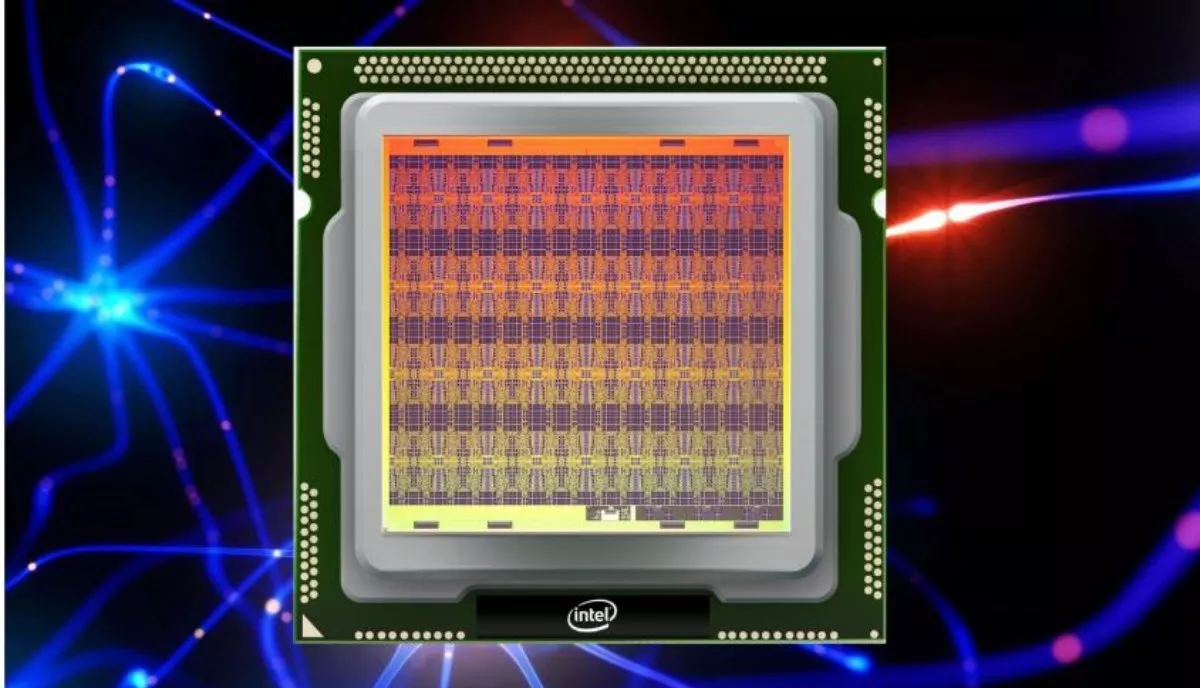Intel’s Neuromorphic Chip Can ‘Smell’ 10 Dangerous Chemicals

Humans can detect over one trillion different smells. If machine learning manages to sense even one percent of that, it will be a scientific breakthrough in itself since teaching sense of smell to AI is difficult.
But researchers from Intel and Cornell University have taken the first step. They demonstrated the ability of Intel’s Loihi chip, a neuromorphic chip, to learn and recognize the scent of at least 10 different hazardous chemicals.
In a joint study published in the journal Nature Machine Intelligence, the researchers claimed the chip could identify specified smells, despite “significant” data noise in the surroundings.
The kind of accuracy reached by the chip is extraordinary. Researchers say most machine learning solutions can require at least 3,000 times more training samples to reciprocate the same “superior” recognition accuracy.
Intel Loihi Chip
Intel’s neuromorphic chip bundles over 2 billion transistors and 130,000 artificial neurons. According to Intel, it is 1000 times faster and 10,000 times more efficient at processing information than conventional processors.
Neuromorphic chips, such as Loihi, are designed to reciprocate the capabilities of complex biological architecture in the nervous system.
In this case, Intel’s Loihi chip tired to mimic the brain’s olfactory system, which is responsible for the sense of smell. Researchers describe the chip using the data of over 72 chemical sensors.
According to Nabil Imam, a senior research scientist at Intel, the research is a stepping stone for future technologies to detect weapons and explosives, find narcotics and diagnose diseases.
Intel is not alone in the mission to train AI to recognize scents. Researchers at Google Brain are also trying to train AI to recognize the smell of items, but based on their molecular structure.






